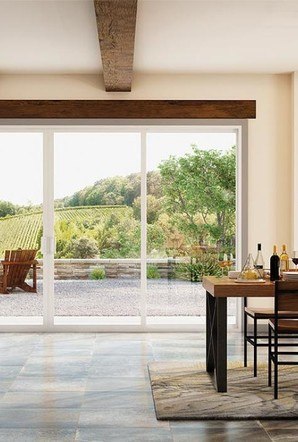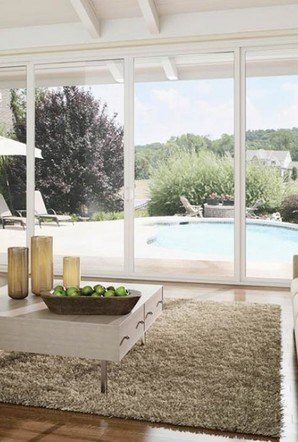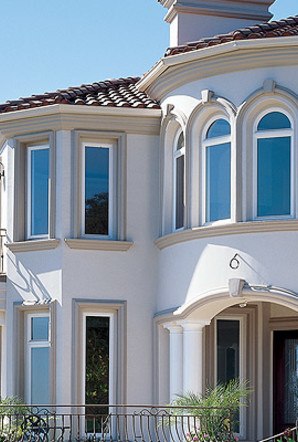The terms "Design Pressure" (DP), “Structural Test Pressure” (STP), and "Performance Grade" (PG) have in the past been loosely used by some in the field, when in fact they have different meanings.
Design Pressure and Structural Test Pressure are strictly structural testing qualifications, irrespective of the results of any air leakage resistance testing or water penetration resistance testing. The Performance Grade of a product is limited by the lowest/least performance of its structural, air leakage resistance, or water penetration resistance test results; operating force and/or forced-entry resistance requirements may also apply.
More specific definitions of these terms are defined by the American Architectural Manufacturer’s Association (AAMA):
Design Pressure (DP) – “A rating that identifies the load, induced by wind and/or static snow, that a product is rated to withstand in its end-up application. Loads induced by static snow are applicable only to unit skylights, roof windows, and [tubular daylighting devices (TDD)]”. (AAMA AG-13)
Structural Test Pressure (STP) – “The overload pressure differential applied to a window, door system, TDD, [secondary storm product (SSP)], or unit skylight.” (AAMA AG-13) The structural test pressure is 150% of the design pressure for windows and doors.
Performance Grade (Grade or PG) – “A numeric designator that defines the performance of a product in accordance with [AAMA 101/I.S.2/A440] … Performance grade (PG) is achieved only upon successful completion of all applicable tests specified in Clause 9 [of 101/I.S.2/A440-11].” (AAMA AG-13)
Clause 9 includes the following tests: “(a) operating force for operable window, roof window, unit skylight, sliding door, and secondary storm product test specimens; (b) force to latch door for operable side-hinged door specimens; (c) air leakage resistance test(s); (d) water penetration resistance test(s); (e) uniform load deflection test; and (f) uniform load structural test.” (AAMA 101/I.S.2/A440-11, sec. 9.1.2)




















